How Chapel Hill and Carrboro are going car-optional
If you stand on the right road in Carrboro or Chapel Hill, North Carolina, on any given weekday morning you will witness a parade of pedaled transportation. Bucket bikes, bikes towing trailers carrying small children, and just regular old bicycles make use of the towns’ expanding cycling infrastructure as people head to school and work.
There is a similar journey for UNC students, staff, hospital workers, and others who use the Town of Chapel Hill’s free bus system. In 2022, Chapel Hill Transit clocked 3.4 million rides, and is one of the largest public transit systems in North Carolina, and one of the largest zero fare transit networks nationwide.
Investing in highway alternatives helps people who need to use the roads by reducing traffic and it provides critical options for people who need them — everyone wins.
Megan Kimball, Senior Attorney
These two neighboring communities committed years ago to providing residents and commuters with a range of transportation alternatives — a critical step if we are to address climate change in the South. Transportation is the largest source of carbon pollution in the country and has immense impacts on the health of our communities and environment.
Chapel Hill and Carrboro enjoy advantages that many communities in our region lack: They are smaller, wealthier towns that receive considerable support from UNC, allowing them to make choices to provide meaningful alternatives to driving. However, their successes provide a glimpse of what a world with transportation alternatives could look like.
Bike commuter lifestyle
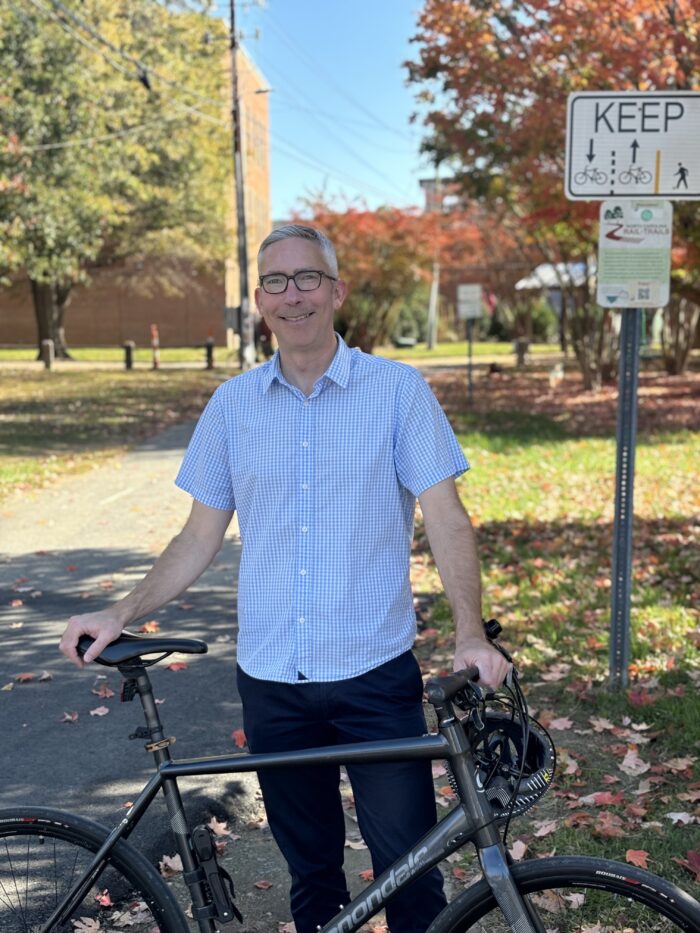
“I bike pretty much everywhere in Carrboro and Chapel Hill,” says Carrboro Mayor Damon Seils. “If I’m going further, I’ll hop on the bus.”
For Seils, who has been vocal about making cycling a safer choice for all of us, cutting car traffic on his commuter bike is a climate solution that also carries plenty of personal perks.
“I just find it to be a lot easier and more convenient,” he says. “I don’t have to worry about parking, biking is often faster than sitting in traffic, and there are countless health and general emotional wellbeing benefits.”
Partially due to it being a relatively small and compact college town, Seils says the local community has embraced making it easier for people to get around without a car. He also attributes the appetite for alternate modes of transportation to Carrboro’s goal of an 80 precent reduction of climate-changing pollution by 2030.
“There’s definitely a core group of people here who are hardcore cyclists,” he says. “Outside of that circle, I’d say there’s another group of people who regularly cycle for transportation. The culture there is more about finding safety in numbers. I appreciate how when I’m on my bike in Carrboro and Chapel Hill, I just feel comfortable because I see so many other people out doing it.”
Mayor Seils works in the medical school at Duke University, where he is a communications specialist. But in his role as mayor and board member of the Durham-Chapel Hill-Carrboro Metropolitan Planning Organization, he has overseen a lot of city planning, and staunchly advocates for planning from the perspective of someone who doesn’t drive a car.
“Infrastructure doesn’t come cheap, but even small steps can make a difference,” Seils adds.
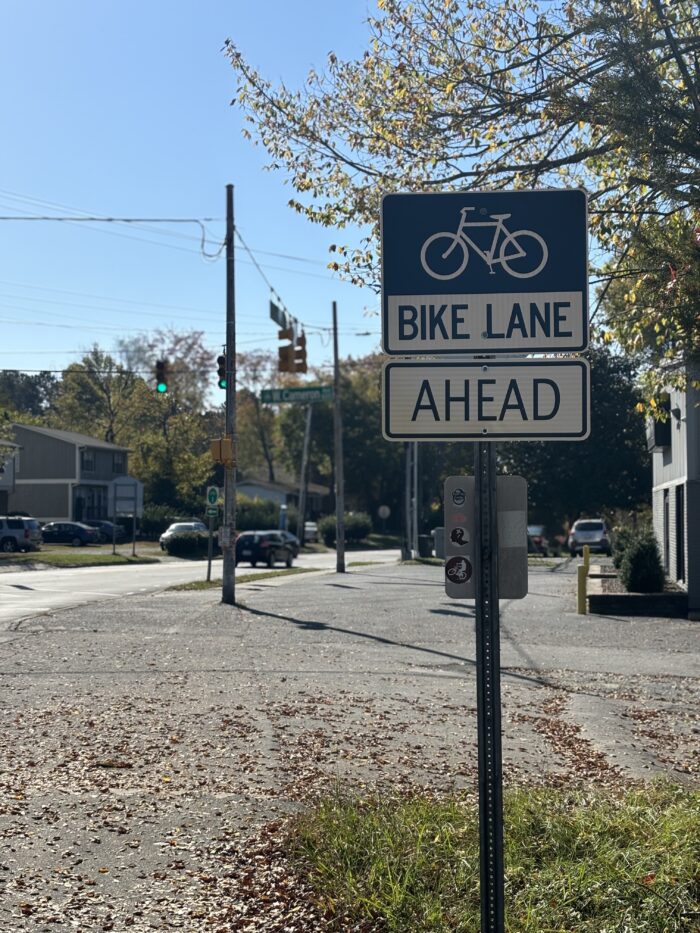
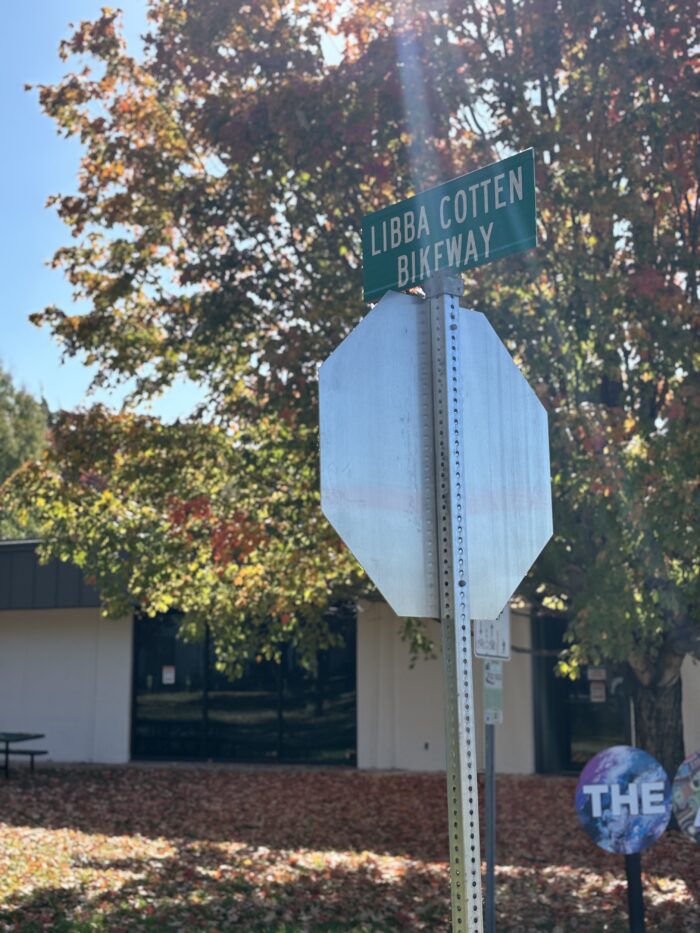
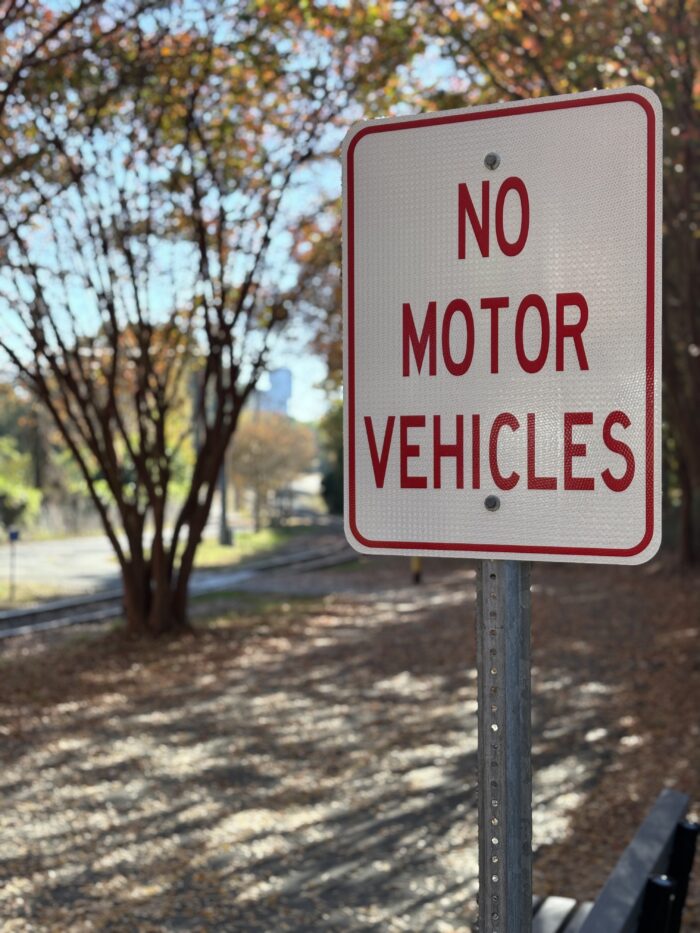
What makes it work
There are currently 25 miles of greenways and 15 miles of bike lanes to help people get where they need to go in Chapel Hill and Carrboro. Several projects either on the horizon or underway will increase the number of safe options, including a greenway extension that will increase the towns’ connectivity.
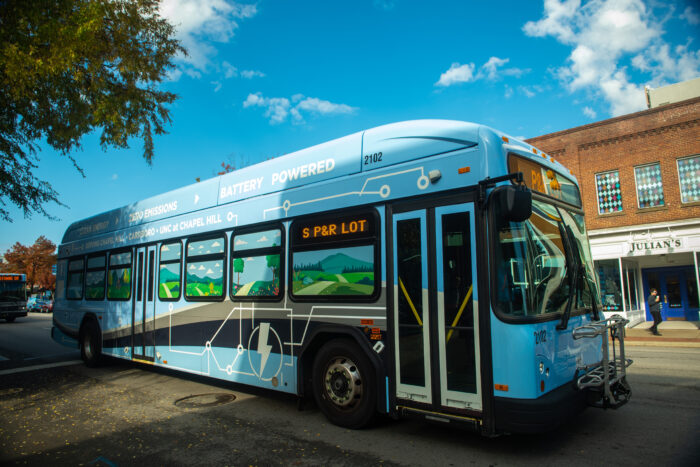
But the excitement around equitable and climate-friendly transportation infrastructure is about much more than just bikes, which are not an accessible or practical solution for some residents.
Chapel Hill Transit provides free bus services for the community, students, and workers including a senior shuttle that provides transportation to various assisted living communities. Chapel Hill Transit was one of the first in the state to introduce a fleet of hybrid electric buses and recently added three fully electric buses with more planned.
The transition to electric and fuel-efficient municipal vehicles has also helped. The town’s vehicle fleet now emits 15 percent less emissions annually than in 2005. And although most personal electric vehicle charging happens at home here, 25 public charging stations are available in town.
Room for improvement
Transportation projects in this North Carolina community highlight multimodal systems working well, but there’s plenty of room for improvement.
Geoff Green, a local urban planner who writes about a variety of transportation and other topics for the Triangle Blog Blog, says the reason you don’t see more of these pedestrian-friendly projects in other places is money.
“There’s a lot of federal transportation funding, but the state directs the vast majority of it to highway building, so there’s just scraps left over for projects like greenways,” says Green. “In fact, if localities had more of a say in how to spend that money, I think you would see a lot of municipalities choose to build complete transportation systems, not transportation networks that really only accommodate cars.”
The North Carolina Department of Transportation administers the state’s transportation budget as determined by the legislature. An administrative policy directs the agency to spend at least 90 percent of the state’s transportation money on highway projects. Ten percent or less is available for everything else, including public transit, sidewalks, and bike lanes, as well as bigger-ticket items like airports, ferries, and rail.
The deck is basically stacked against more inclusive types of projects that serve everybody
Megan Kimball, Senior Attorney
In addition, a state law passed by the legislature prevents NCDOT from spending state funding on standalone bicycle or pedestrian projects and places extra limitations on spending for public transportation, putting the onus on communities to find other sources of funding for these more equitable types of transportation, which localities are often unable to do.
“North Carolinians want more choices for getting around,” says Senior Attorney Megan Kimball, who advocates for equitable and climate-friendly transportation and land use planning out of SELC’s Chapel Hill office. “Investing in highway alternatives helps people who need to use the roads by reducing traffic and it provides critical options for people who need them — everyone wins.”
Moving forward equitably
Historic federal infrastructure legislation passed in 2021 provides $1.2 trillion for projects that address mounting infrastructure challenges. The Biden administration’s Justice 40 Initiative envisions directing federal money straight to communities of color.
Across the Southeast, SELC is working to ensure these funds are put to use in a way that protects the environment, helps cut climate pollution, and puts equity first.
“Communities know their needs best,” says Kimball. “There is no one-size fits all answer — transportation solutions that work in wealthier communities like Chapel Hill and Carrboro won’t work everywhere. That’s why it’s so important to give local communities the flexibility — and funding — to choose the transportation solutions that work for them.”
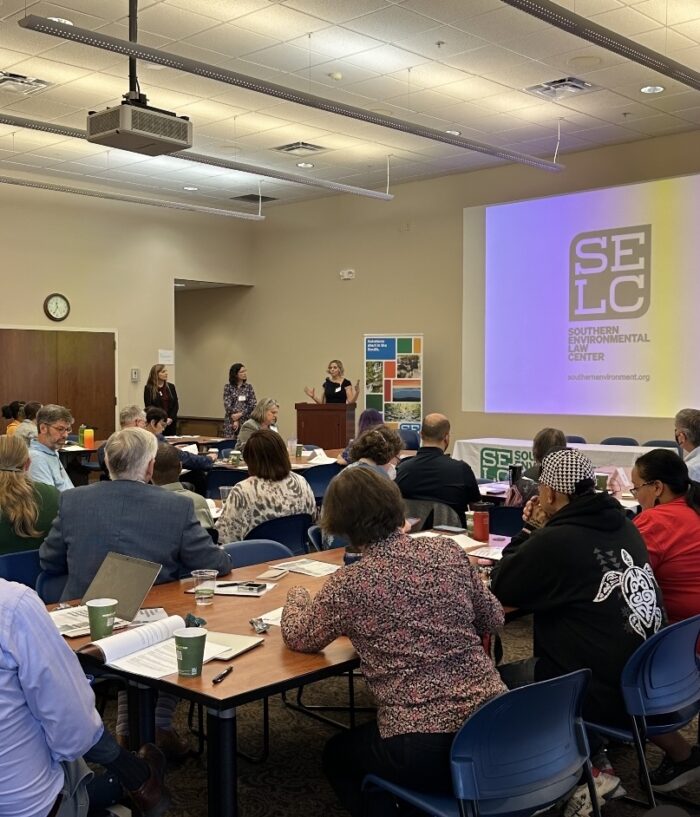
Our region’s singular focus on building out infrastructure for personal automobiles has left many people with limited access to jobs, doctors, healthy food options, and other essentials for everyday life. This car-centric approach has also divided many communities of color, often destroying neighborhoods and taking away generational wealth.
SELC is thinking big when it comes to providing safe and clean transportation for all. Kimball is taking the lead on organizing a statewide advocacy network called Clean Connected Communities, which will unite people to increase state investment in more climate-friendly and equitable transportation projects, among other things.
“There’s a future in which people in North Carolina – from the mountains to the coast, in both rural and urban communities – have access to a cleaner, more connected transportation network, resulting in the reduction of climate-changing emissions and improving public health, equity, and economic development,” says Kimball.
Join us in working together toward transportation solutions below.
